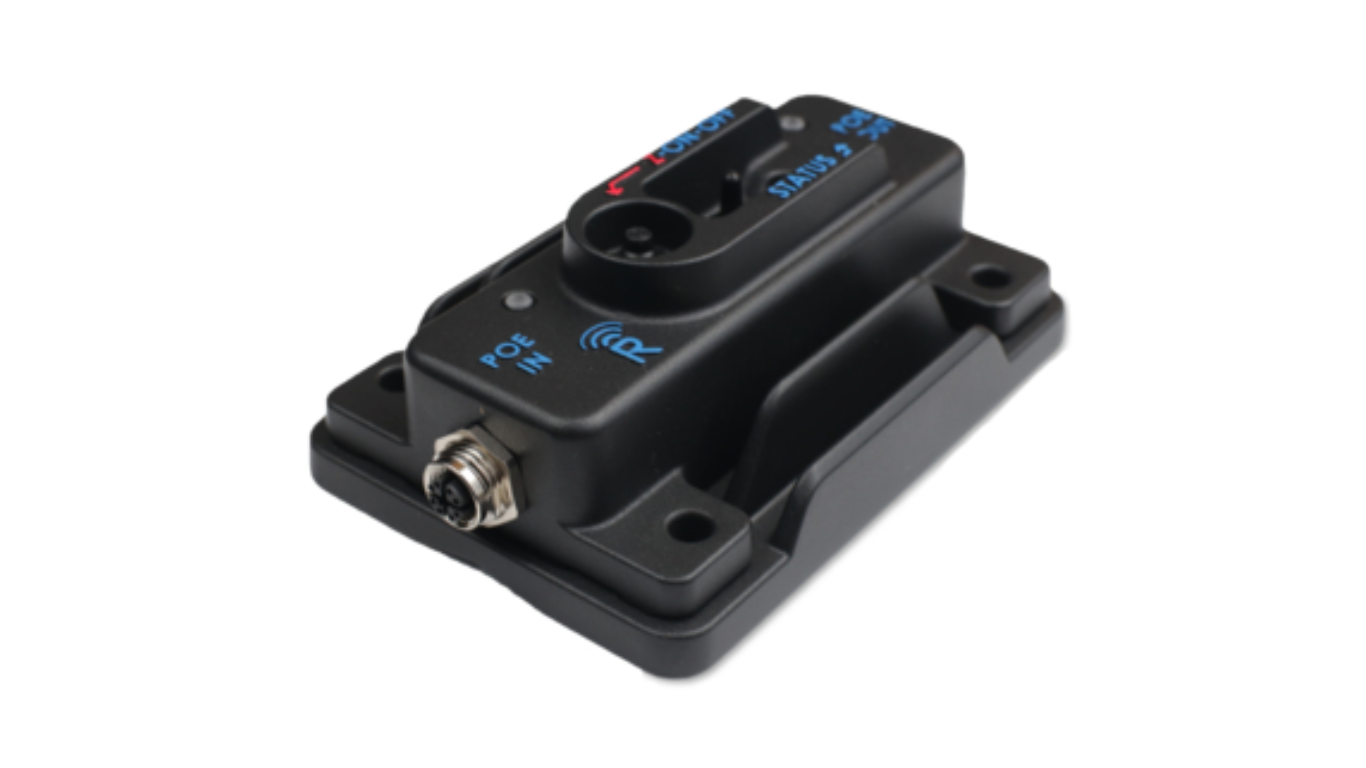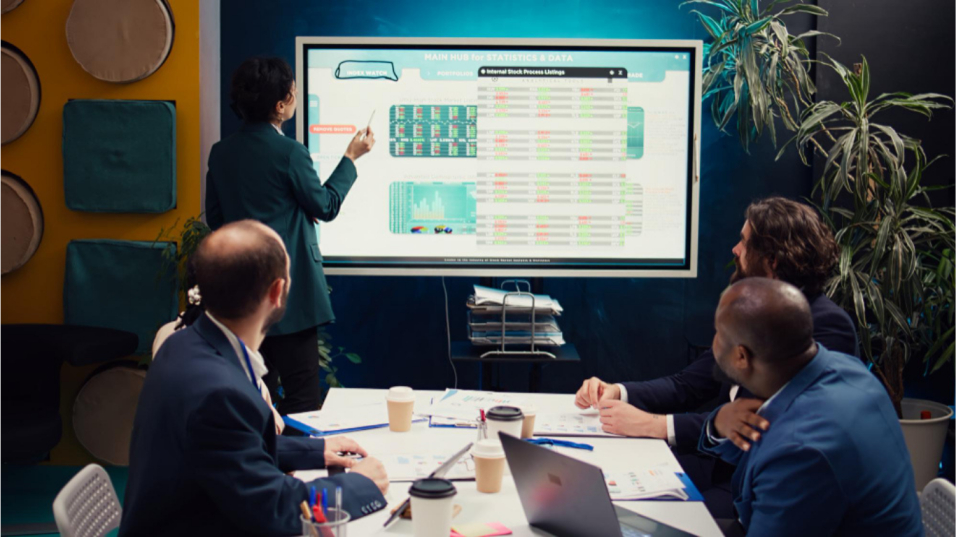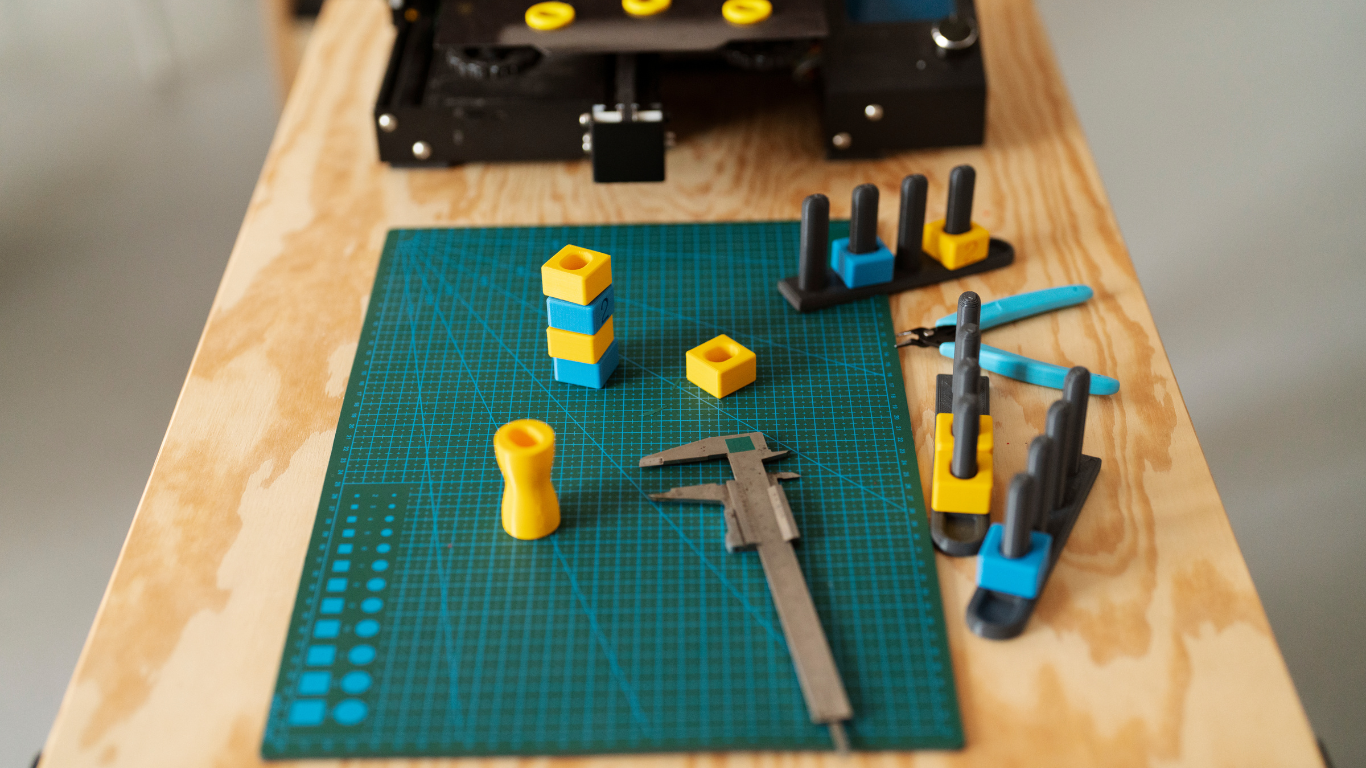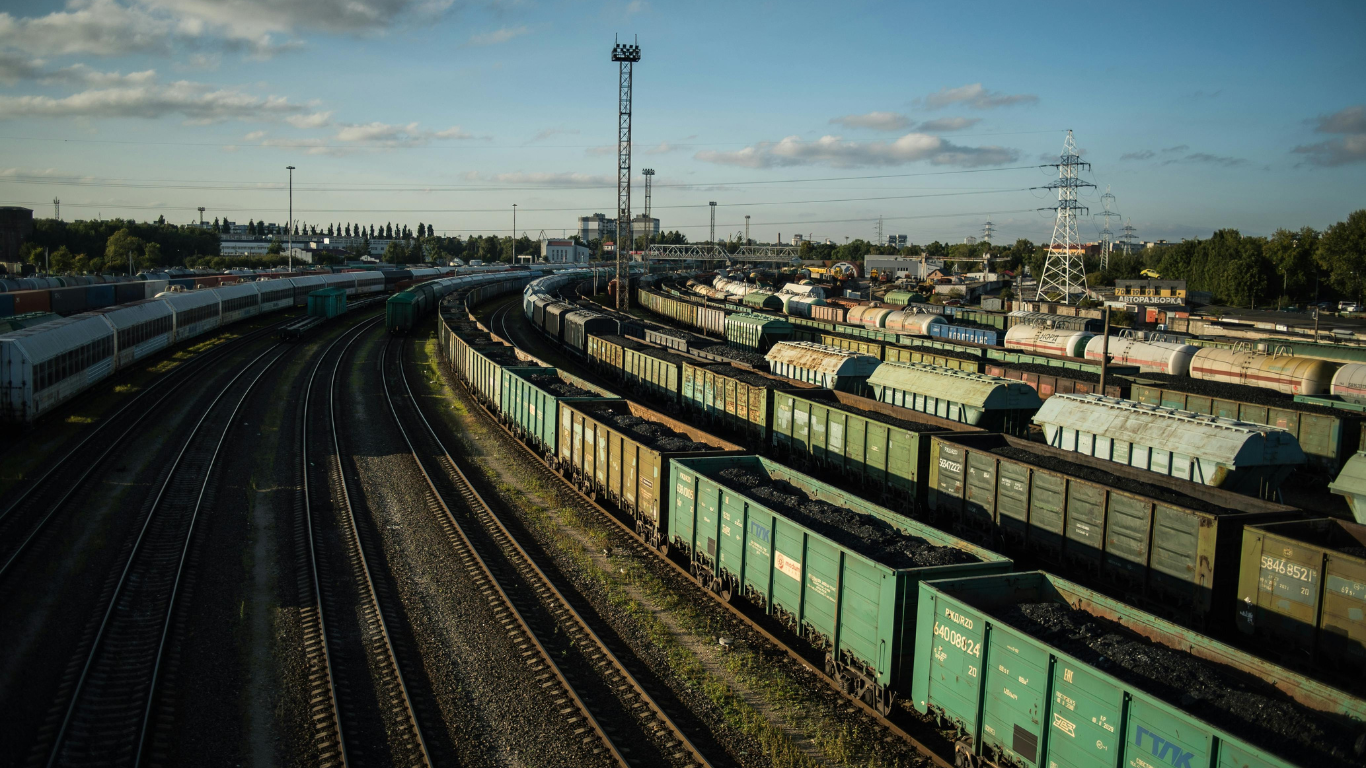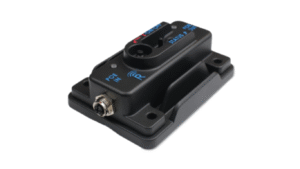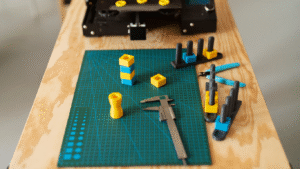Start With a Functional, Guest-Centered Layout
Creating an outdoor space optimized for entertaining begins with understanding how people gather and move through a space. Functionality should be the cornerstone of any design, with thoughtful attention paid to layout, comfort, and flow. The most effective outdoor environments are zoned for different activities—dining, lounging, cooking, and socializing—each one designed to support interaction and relaxation.
Start with a scaled site plan that reflects how the outdoor space relates to the home’s interior. Easy access from the kitchen or main living areas improves serving efficiency and encourages natural movement between indoor and outdoor zones. Hardscaped surfaces such as patios, pavers, or decking offer durable foundations for furniture placement and high-traffic areas. Consider elevation changes and existing features like trees or slopes, which can be assets if integrated thoughtfully.
The key is to balance openness with intimacy. Large spaces benefit from being visually segmented using planters, outdoor rugs, or low partitions, which can define areas without interrupting sightlines. For smaller yards, focus on multifunctional elements and built-ins that maximize space without overcrowding.
Invest in Durable, Comfortable Furnishings and Shade
Furnishing plays a significant role in the usability and aesthetic of an outdoor entertaining area. Select furniture that’s built for the elements—powder-coated aluminum, weather-treated wood, and UV-resistant fabrics will maintain appearance and functionality over time. Modular seating options allow flexibility depending on the number of guests, while built-in benches can provide extra seating with minimal footprint.
Comfort is critical. Padded cushions, throw pillows, and blankets add warmth and encourage guests to stay longer. Storage for these items—whether integrated into benches or housed in waterproof cabinets—is a practical consideration that enhances longevity and ease of use.
Enhance the Experience With Outdoor Kitchens and Lighting
An outdoor kitchen is often the centerpiece of an entertainment-focused backyard. At minimum, it should include a grill, prep space, and refrigeration. Higher-end setups might also feature a sink, built-in pizza oven, or beverage station. Positioning is crucial—outdoor kitchens should be close enough to the home to minimize walking distance, but far enough to manage smoke and noise.
Materials matter in this setting. Choose weather-resistant, low-maintenance surfaces like stainless steel, concrete, or stone for durability. Cabinets should be sealed and waterproof, and all appliances rated for outdoor use. Lighting around cooking and dining areas should be functional but inviting. LED task lighting, under-counter strips, and pendant fixtures can offer both practicality and ambiance.
Add a Pool to Elevate the Space
For clients or homeowners seeking a truly elevated entertaining experience, a pool can serve as a focal point and social magnet. Beyond aesthetics, pools offer recreational value for families and guests alike, especially in warmer climates or hospitality-oriented properties.
If a pool is part of the plan, it should be integrated early in the design process to ensure a cohesive layout and proper utility placement. Consider placement in relation to dining and lounge areas—close enough to be accessible, but not disruptive to quieter zones. Features like waterfalls, tanning shelves, and integrated spas can enhance the experience while reinforcing the luxury feel of the space.
Understanding the financial aspect is also important. Many clients ask: how much does an inground pool cost? The answer depends on materials, location, and complexity. Basic installations might start around $40,000, while high-end custom pools can exceed $100,000. This range should be accounted for in the overall renovation or construction budget, with allowances for maintenance, fencing, heating, and covers as required by code and climate.
Incorporate Greenery and Multi-Season Features
Landscaping is the final element that ties everything together. Greenery adds texture, color, and privacy. Use a mix of evergreen and seasonal plants for year-round appeal, and consider vertical gardens or container planting for tighter spaces. Trees and shrubs can also be used strategically to provide shade or screen adjacent properties.
For true year-round usability, integrate heating features such as gas fire pits, outdoor fireplaces, or overhead radiant heaters. These elements not only extend seasonal usage but also create natural gathering points. In colder climates, covered structures with wind barriers and built-in heat sources can make the outdoor area just as comfortable in fall or winter as in summer.
A well-executed outdoor entertaining space does more than impress—it increases usable square footage, supports lifestyle needs, and adds measurable value to a property. Through strategic planning, material selection, and spatial design, homeowners and professionals alike can deliver spaces that serve as dynamic extensions of the home for years to come.
Article received via email




